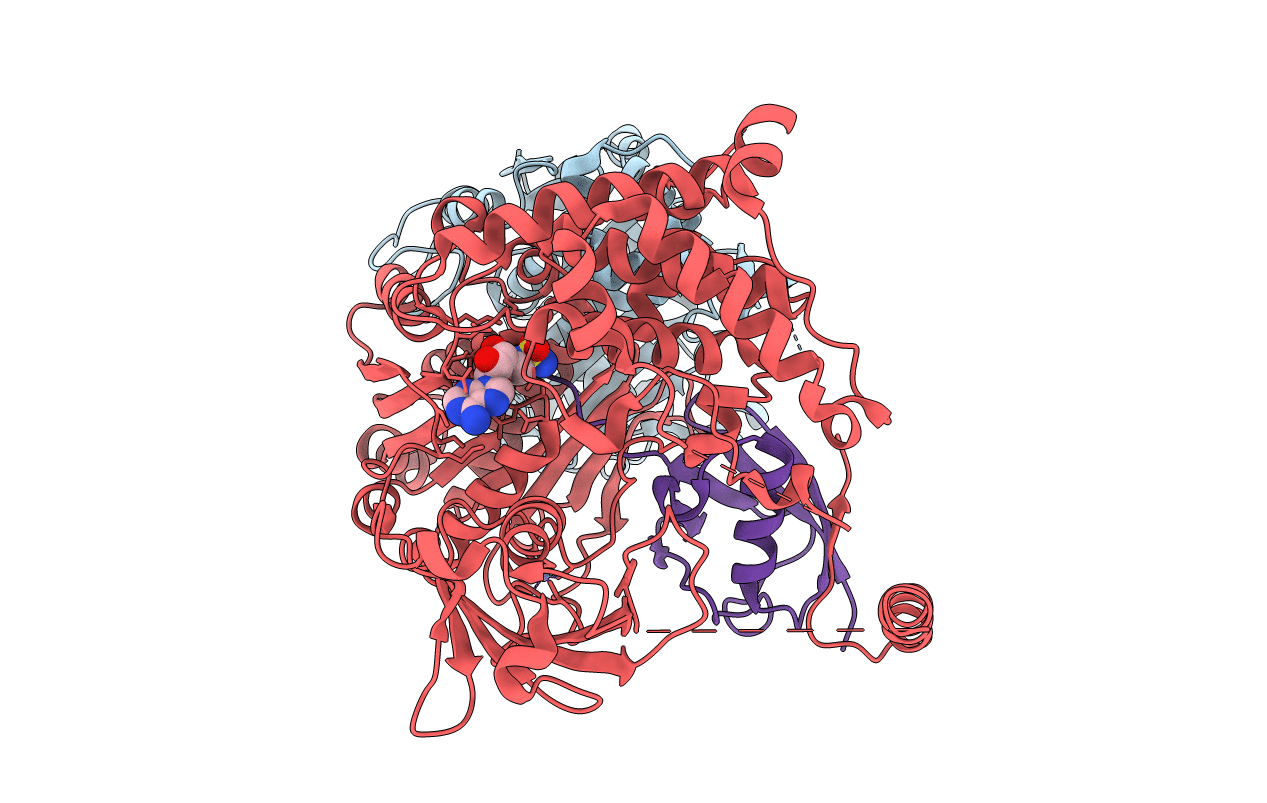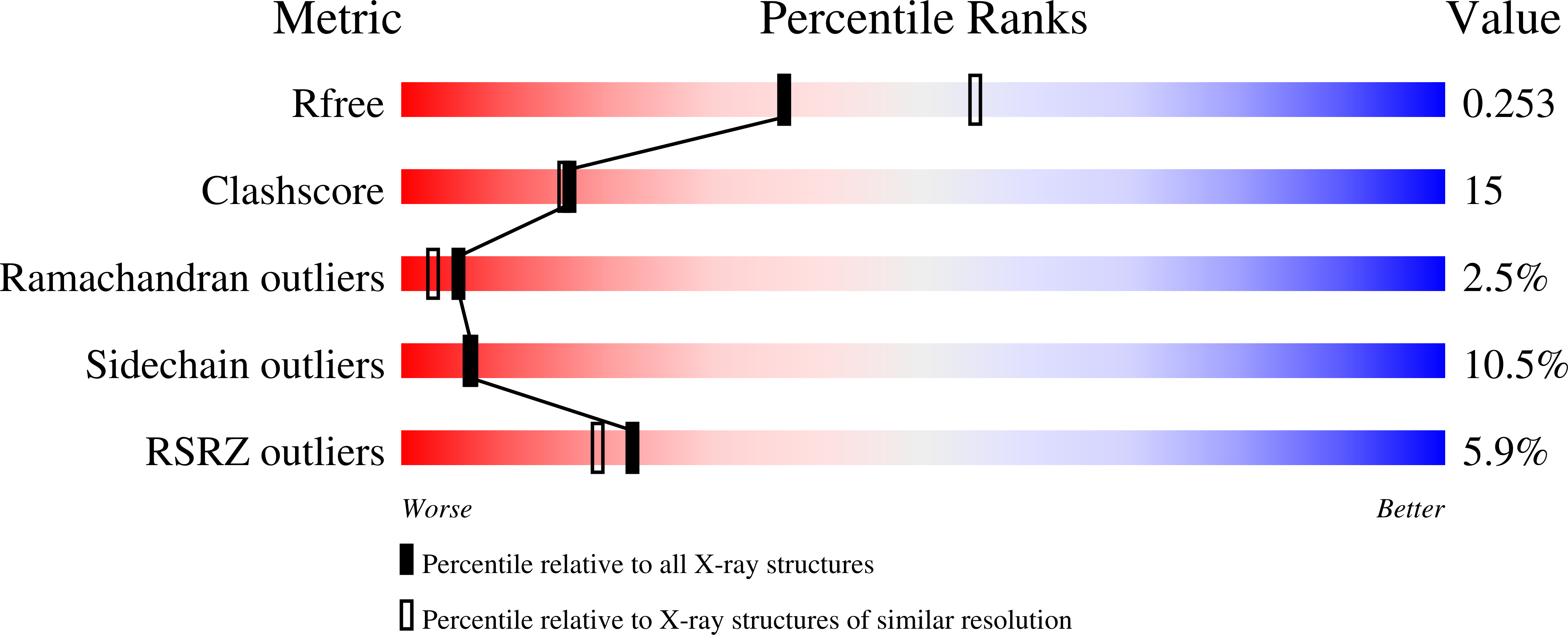
Deposition Date
2009-12-05
Release Date
2010-02-16
Last Version Date
2024-11-06
Method Details:
Experimental Method:
Resolution:
2.45 Å
R-Value Free:
0.25
R-Value Work:
0.19
R-Value Observed:
0.19
Space Group:
P 21 21 21


